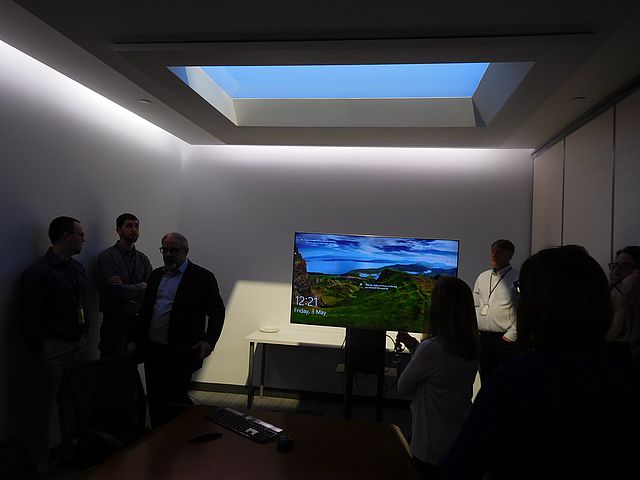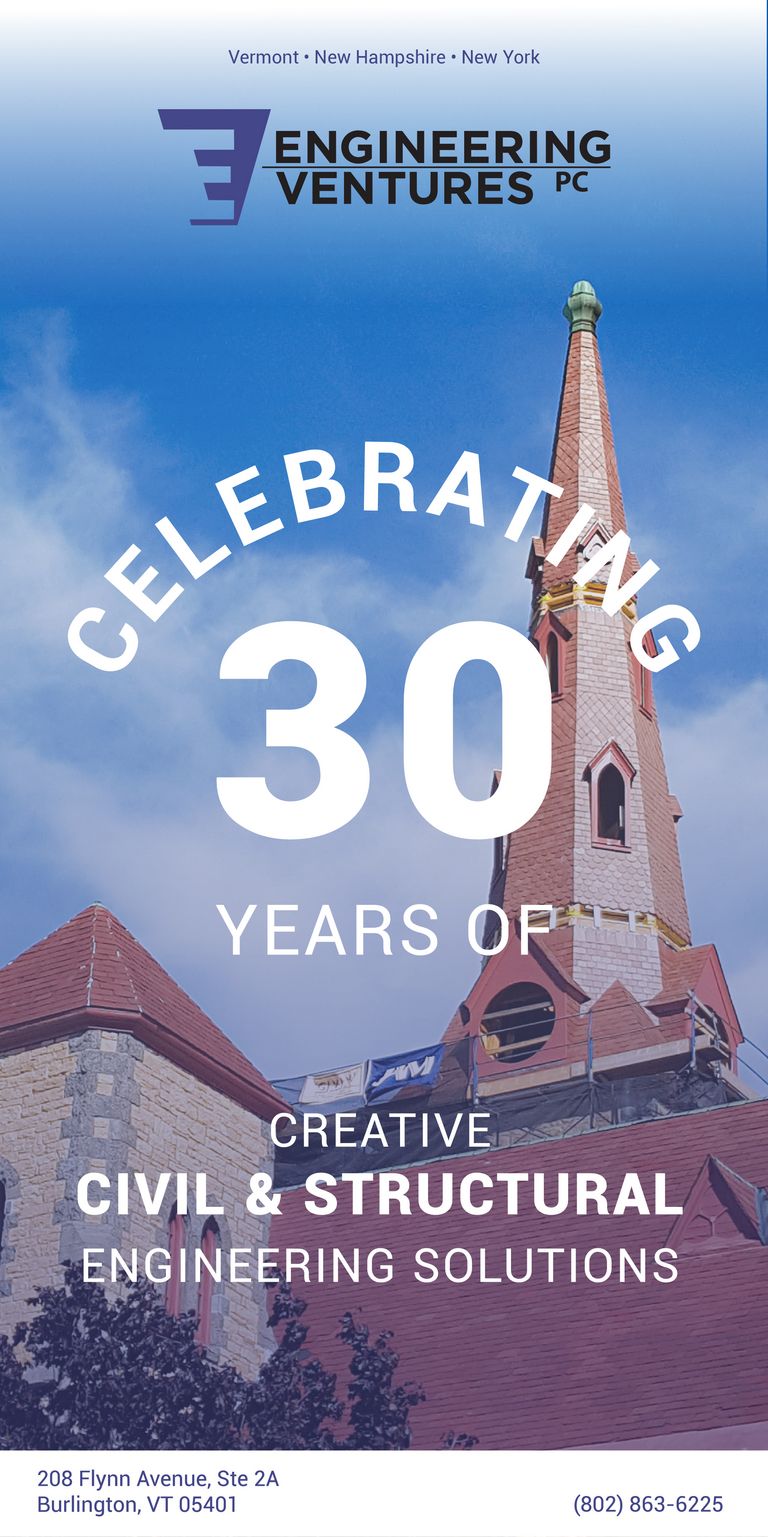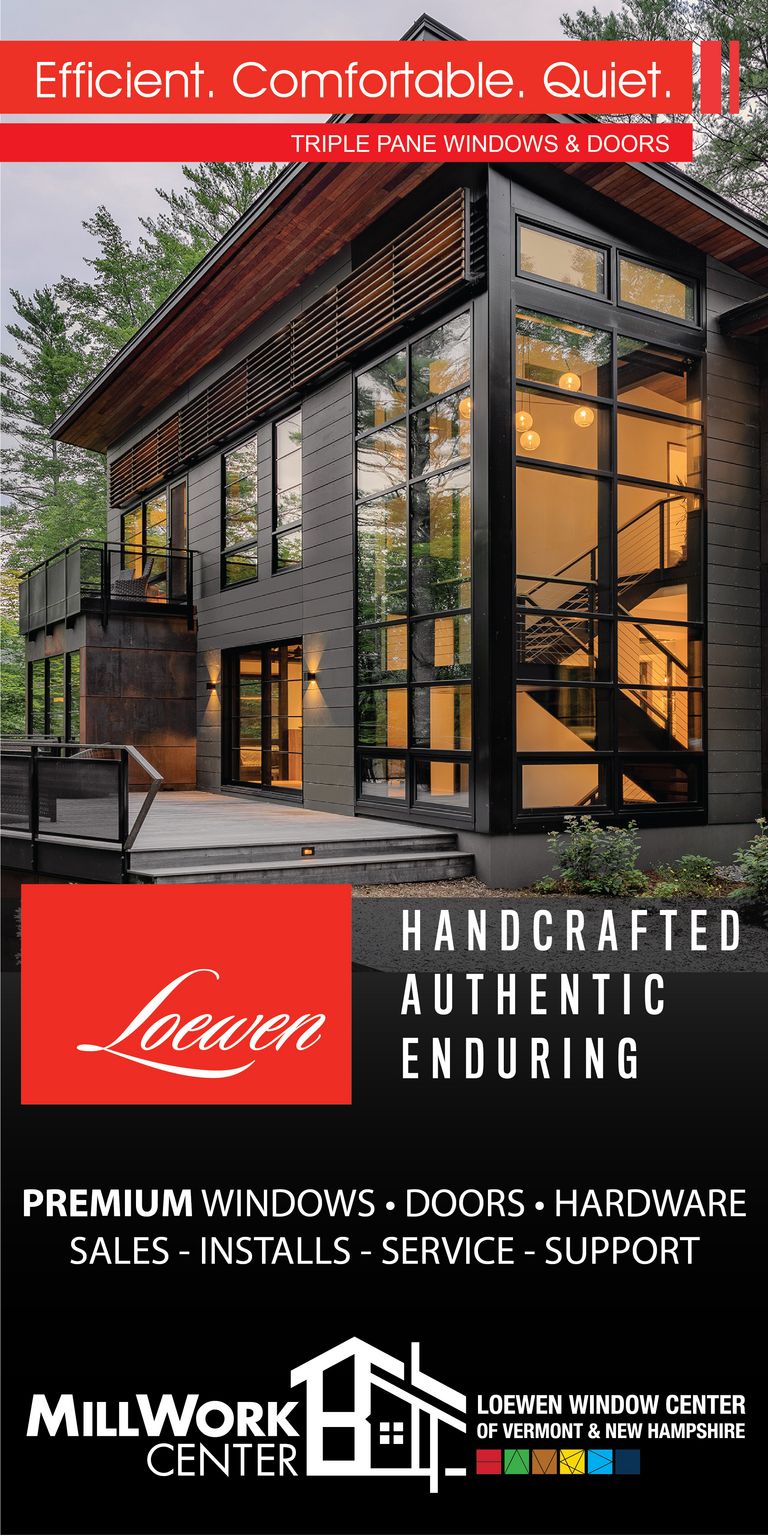If Value Engineering Isn’t Providing the Lighting Results you Want, Try a Different Approach

By Donna Leban, AIA, LC
Albert Einstein is credited with the saying, “The definition of insanity is doing the same thing over and over again, but expecting different results.” The same can be said about the way typical architectural projects approach lighting specifications.
A familiar refrain from architects goes something like this: “Why bother spending so much time to select lighting when we never end up with the fixtures we specified?” or “Is it wrong to sole source a lighting package to get what the owner wants?”
Here are two simple steps you can take to avoid the insanity, not to mention the time and delays, of lighting bid packages that don’t get resolved until the construction phase when the electrical contractor value engineer’dlighting package is revealed in the submittals process.
1) The easiest and overall most effective approach for many projects is to use an independent lighting design specialist who is NCQLP certified, trained, participating actively in continuing education, attending trade shows, and focusing mainly on lighting.
- The lighting designer will meet with the design team to select lighting and control systems from more than one manufacturer, provide lighting layouts by room type, ensure that energy code requirements are met, and offer specific equal alternates for each selection.
- Alternates can be provided to match the line cards of the local lighting rep agencies, and current unit cost or a range will be provided (to the PM or owner, not to other reps) for each specified type. This allows the design team to make early modifications when needed to meet budget expectations.
- Lighting designers will complete the work sufficiently early to allow for proper coordination by the electrical engineers, and interior details. They are available throughout the process, unlike rep agents who cannot assist in determining if a submitted alternate is equivalent to their selected product.
- Many engineering firms provide lighting services, but without certified designers actively engaged in the lighting industry, they largely rely on the rep agencies to specify and provide lighting layouts. To satisfy ethical standards, the owner of the project must be aware of this. Agency supplied specs and designs tend to be completed late in the construction document process, making it harder for others to compete.
- For larger projects, lighting designers may also assist with negotiated package pricing options that are typically used by corporate clientele to achieve significant cost savings.
- While there is some additional upfront cost to hiring an independent lighting designer, this is usually more than offset by the cost savings in having a clear competitive lighting bid package and no change orders.
2) The second option is to assemble the lighting package around preferred selections, and then put the specs out to all of the rep agencies for alternate selections well before the bid date.
- This requires more time than simply adding the words “or equal” to the lighting spec, and it requires that someone on the team has adequate knowledge of lighting specs to protect the owner’s interest. The designer must define which specific options are equal before the project bid date.
- The problem with “or equal” is that it leaves it up to the electrical contractors and suppliers (whose main objective is financial) to determine what is “equal”. I think we can all see that this does not serve our clients well unless the client is only interested in the lowest cost and not long term value.
No alternates can be permitted after bids are due in either option 1 or 2, and it is best for the Construction Manager, not the electrical contractor, to review and select the winning lighting package to avoid unfair bid practices.
Option 2 doesn’t provide the benefit of an early accurate cost estimate, but it will provide you with a competitive bid if enough rep agencies are interested in bidding the project. Reps may choose not to bid a job if they don’t think they can compete with a spec that is created around another rep’s line.
The owner must understand that the cost savings achieved in a competitively bid lighting package will more than offset the additional time ($) spent in reviewing the alternate packages for projects of sufficient scope. The time saved during construction might be even more valuable to the design team.
If the architect and engineering team are not familiar enough with detailed lighting specs to provide a knowledgeable review of alternates, a certified independent lighting designer who does not work for one of the rep agencies would be able to provide this service.
Donna Leban, AIA LC principal of Light/Space/Design is an architect specializing for over 20 years in lighting/daylighting design and control technology application. She consults with clients and architects as well as engineers on projects of all types, from residential to academic environments, retrofit to new construction, and outdoor area and street lighting.





